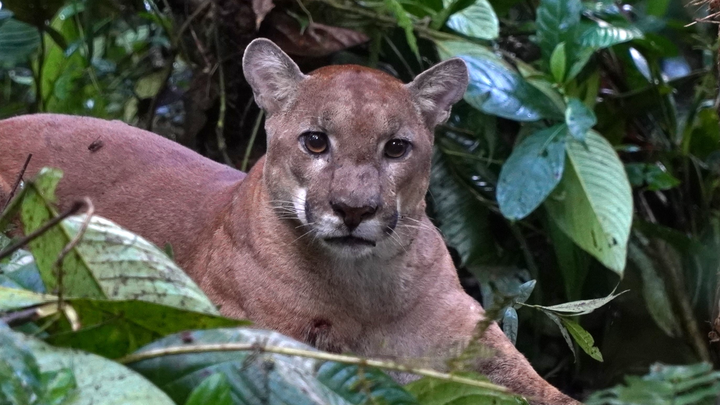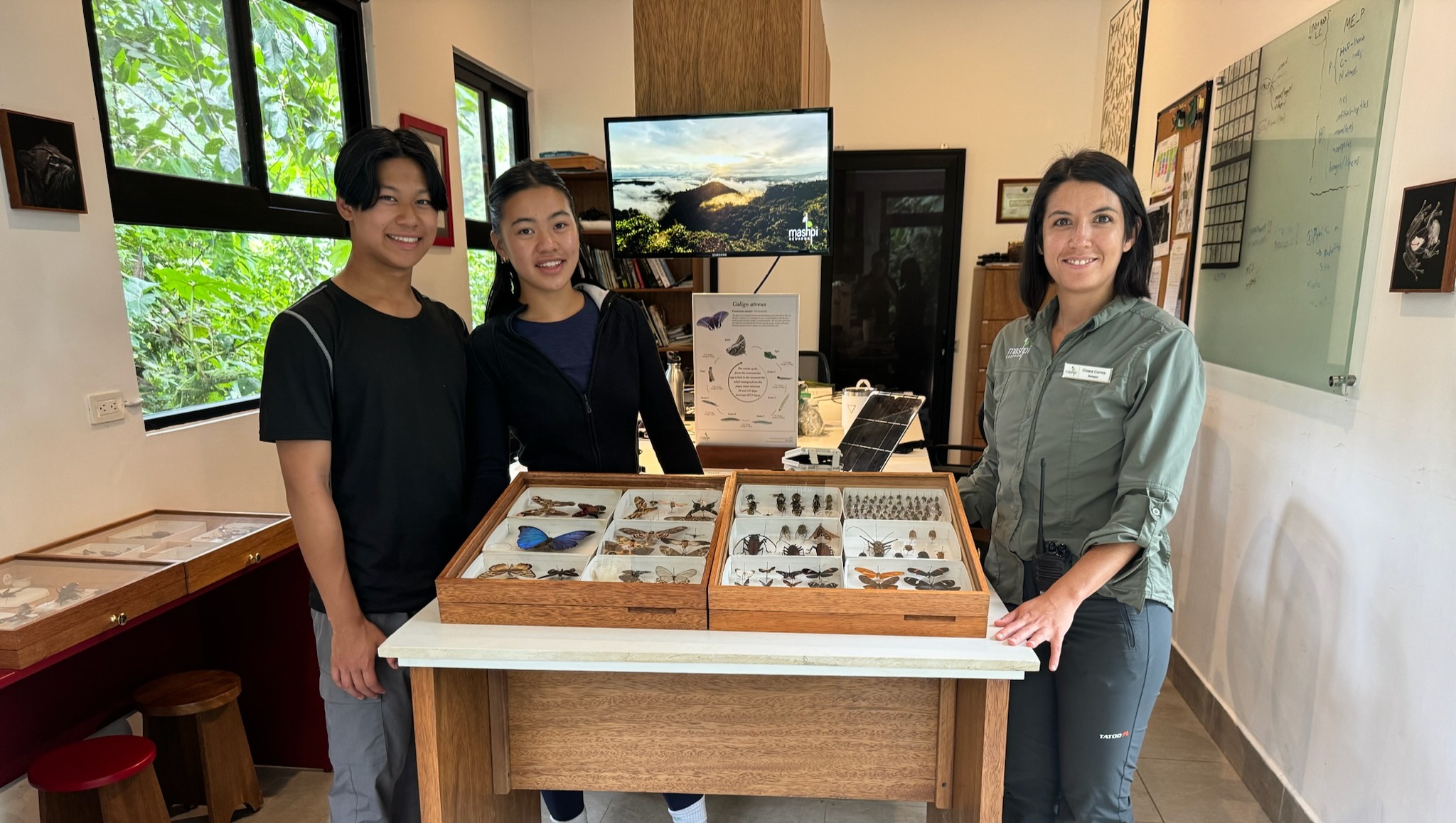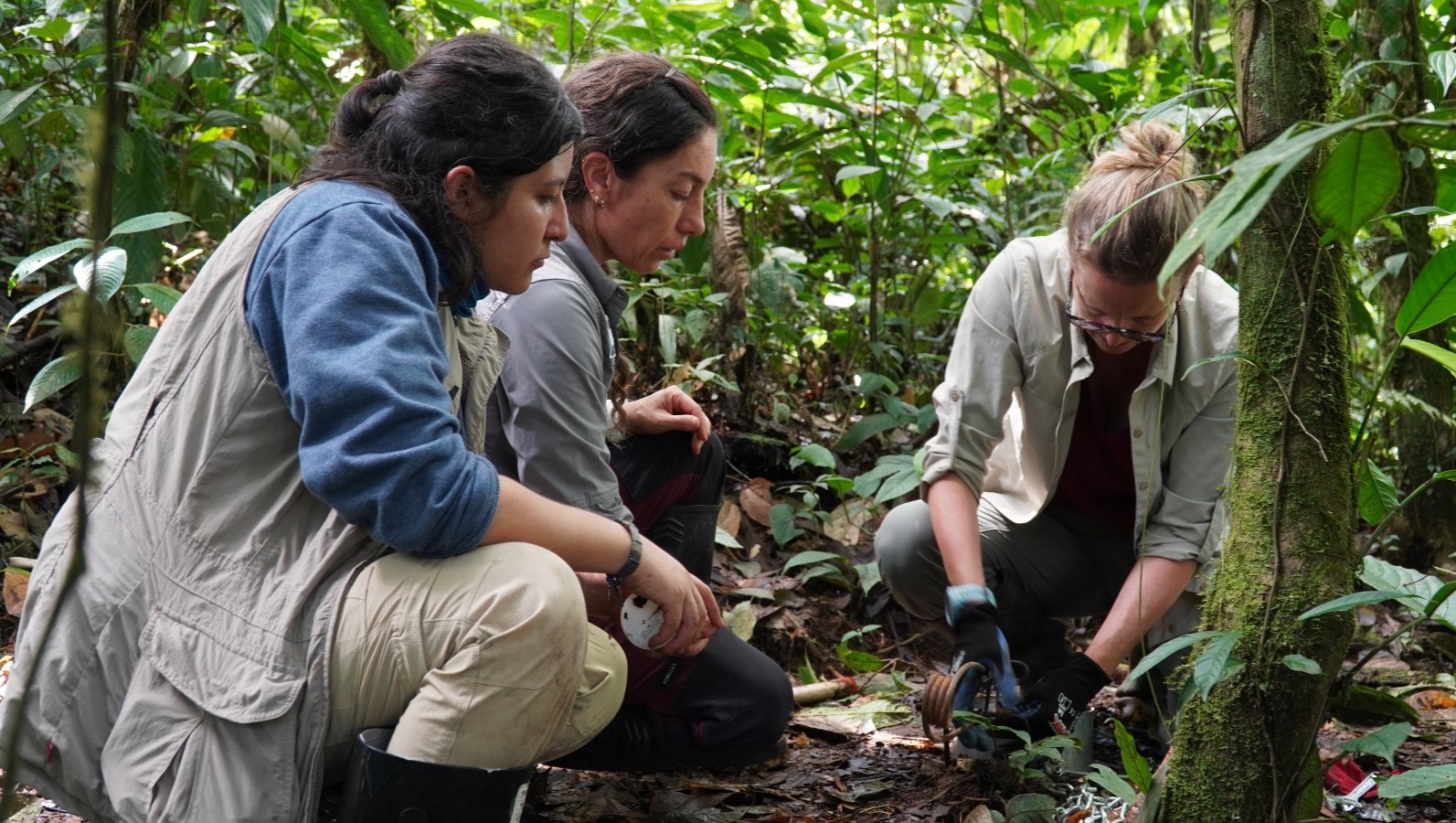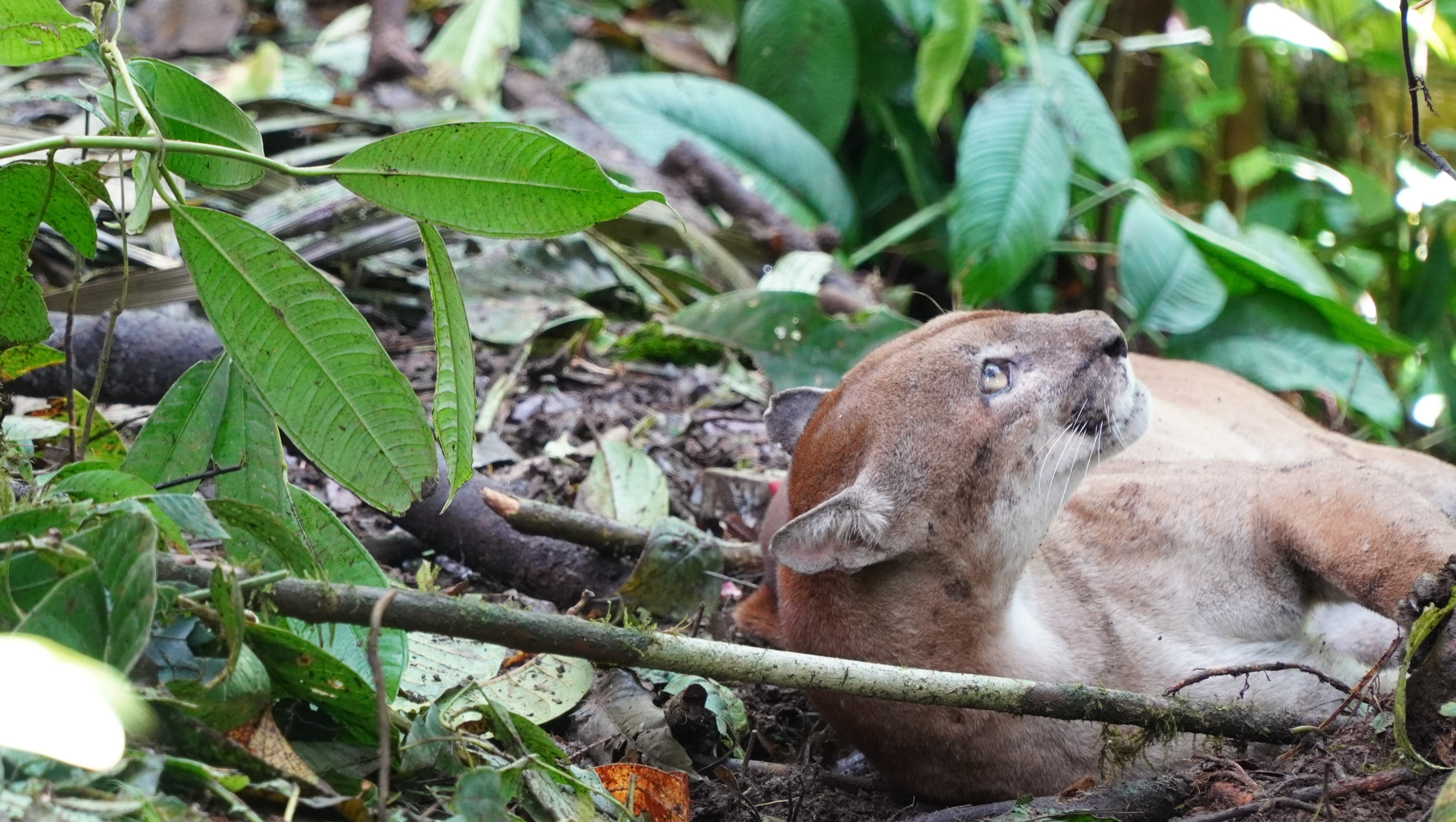
Path to Survival: Puma Conservation in Ecuador
Donation protected

In biodiverse regions like the northwest of Ecuador, the cloud forest is home to incredible species, including South American pumas. Yet despite their role as top predators, they are vulnerable to the consequences of deforestation, loss of habitat, and loss prey species
Deforestation can disrupt movement corridors that are natural passageways crucial for pumas to travel between regions for hunting and breeding between populations. Since early 2023, the Research & Biology Department at Mashpi Lodge and the Carnivore Lab at Universidad San Francisco de Quito (USFQ) have been using camera traps to survey the local puma population in Reserva Mashpi-Tayra. This data demonstrates the importance of the Reserve as both part of the range of some pumas, an important corridor for others, and a source of prey species for both. However, more data is needed to understand how pumas are surviving outside the Reserve, on unprotected lands.

Our project is a multidisciplinary approach to puma conservation using camera traps, GPS collars, conservation genomics, and community outreach to ensure a future for this puma population in northwestern Ecuador. Understanding both the importance of this work and the power of science, this work is women-led by Prof. Rebecca Zug, PhD, Chiara Correa, Biol., Dr. Carolina Sáenz, Cindy Hurtado, PhD, and Lauren Ong. While maintaining other important methods such as digital footage of pumas, tracking pumas with GPS collars, and empowering local communities, ultimately science is what will take this work to groundbreaking levels including the analysis of whole genomes obtained through small blood sample collection. This project is the first of its kind for this species in Ecuador and the northern Andes and will contribute to the limited knowledge on South American pumas and allow us to advocate to ensure their survival.
We need your support to protect Mashpi-Tayra Reserve’s pumas.

Your support will allow us to help map the movements inside and out of the Mashpi-Tayra Reserve with GPS collars, genomically sequence pumas DNA, and obtain invaluable new data on South American pumas. Your role in this project is vital in ensuring the survival of future puma generation and we greatly appreciate any involvement big or small.

OUR TEAM: Rebecca Zug, PhD, a professor and the Director of the Carnivore Lab at Universidad San Francisco de Quito (USFQ), Chiara Correa, Biol., the resident biologists in the Research and Biology Department at Mashpi Lodge, Dr. Carolina Sáenz, the Executive Director and Medical Coordinator of the Hospital de Fauna Silvestre TUERI-USFQ (Wildlife Hospital TUERI-USFQ), Daniel Chavez, PhD, professor and researcher at Pontificia Universidad Católica del Ecuador (PUCE), Edward Powers, is a 3rd year undergraduate biology student and member of the Carnivore Lab USFQ, Lauren Ong, is a junior at Concord Academy, MA.
OTHER MEMBERS OF THE TEAM: Brian Jansen, PhD, a puma biologist with the Arizona Game and Fish Department, Cindy Hurtado, PhD, a carnivore biologist working as a research scientist with government agencies in British Columbia, Canada. Mateo Roldán, MSc, the Research Director of the Research and Biology Department at Mashpi Lodge. Other participants in the broader Mashpi Puma Project include members of the Carnivore Lab USFQ who will work with the camera trap data from 2023-24.

landscape photo credits - Jaime Culebras
all other photos credit to: Chiara Correa - Mashpi Lodge
Organiser
Lauren Ong
Organiser
Weston, MA